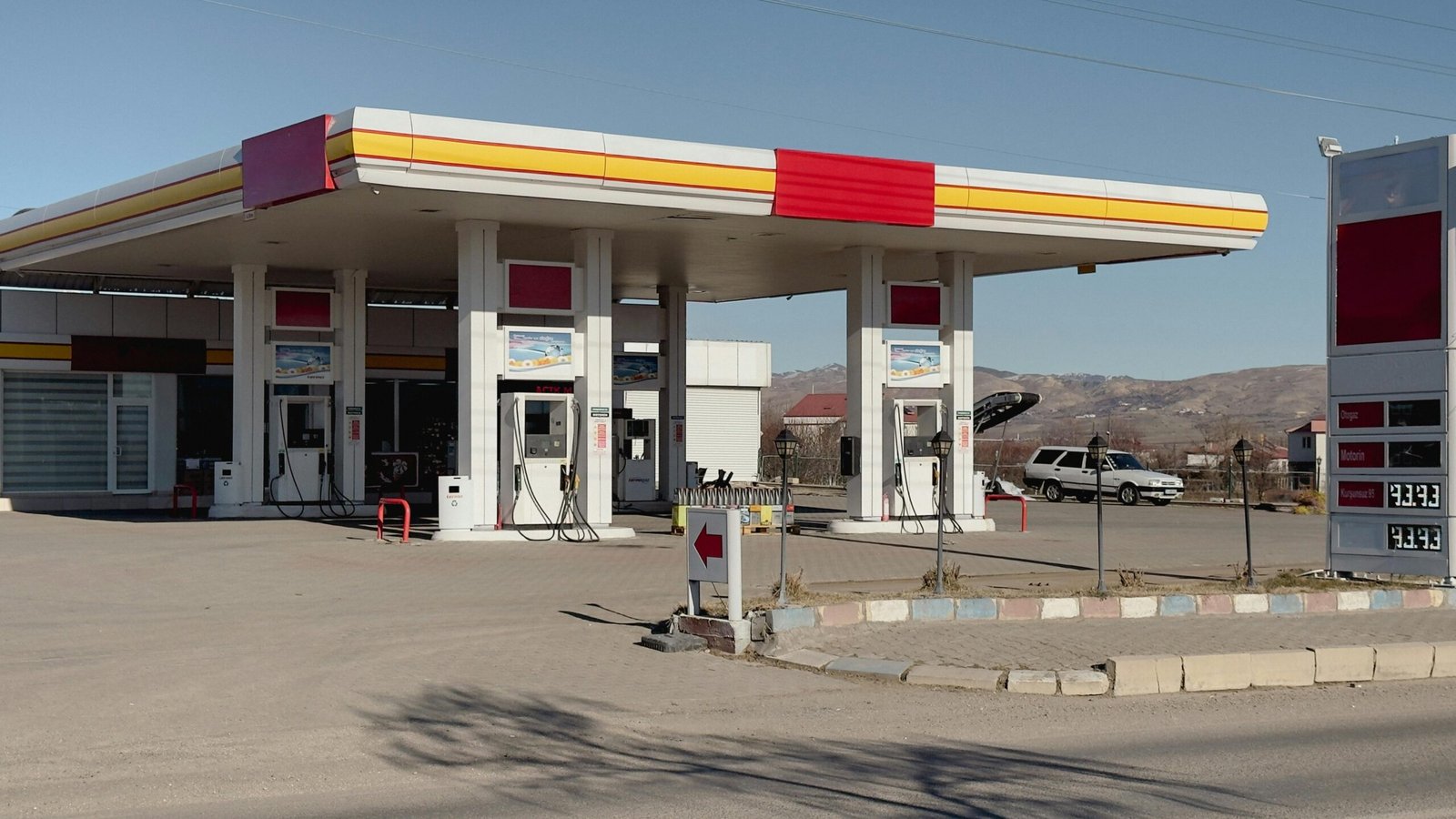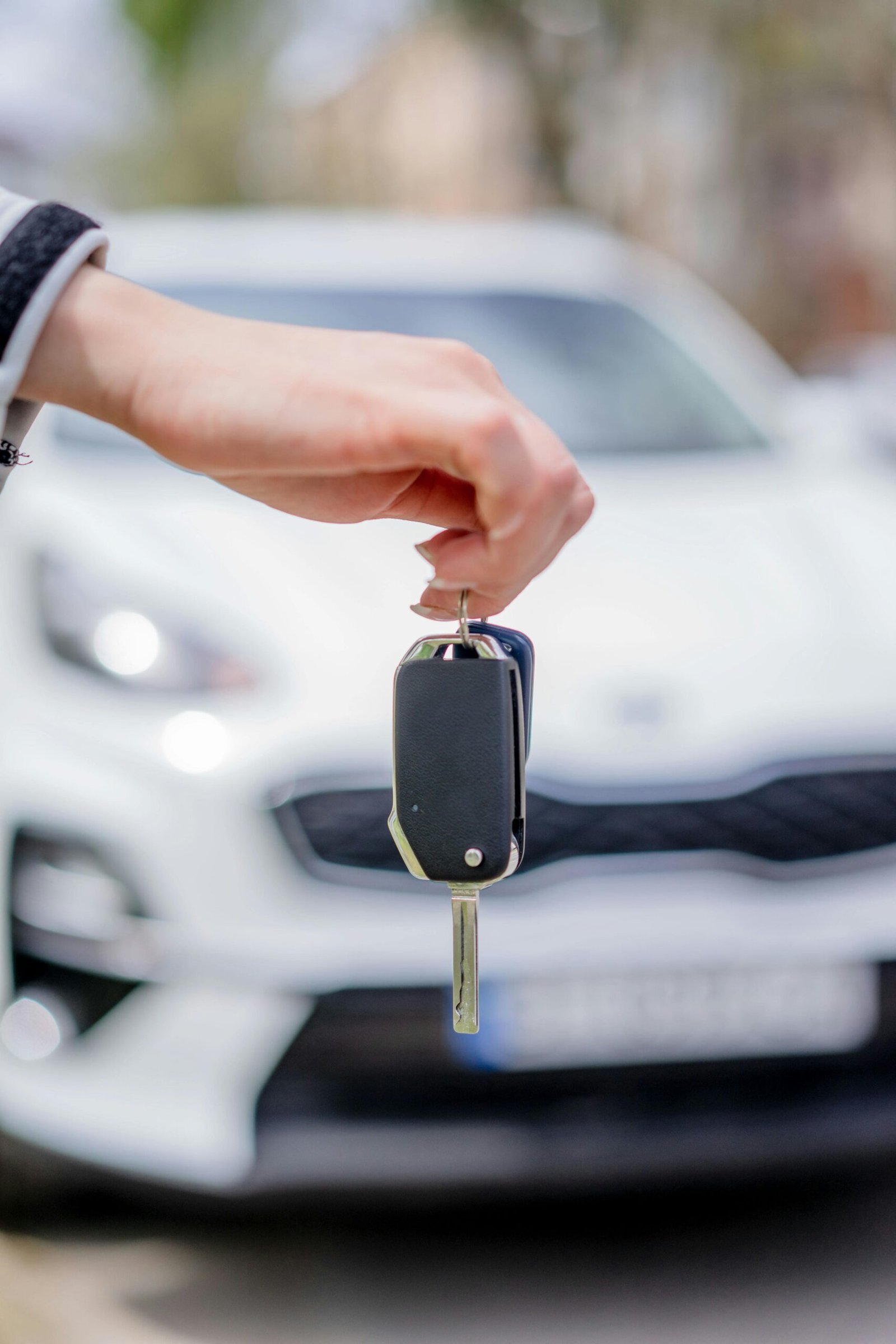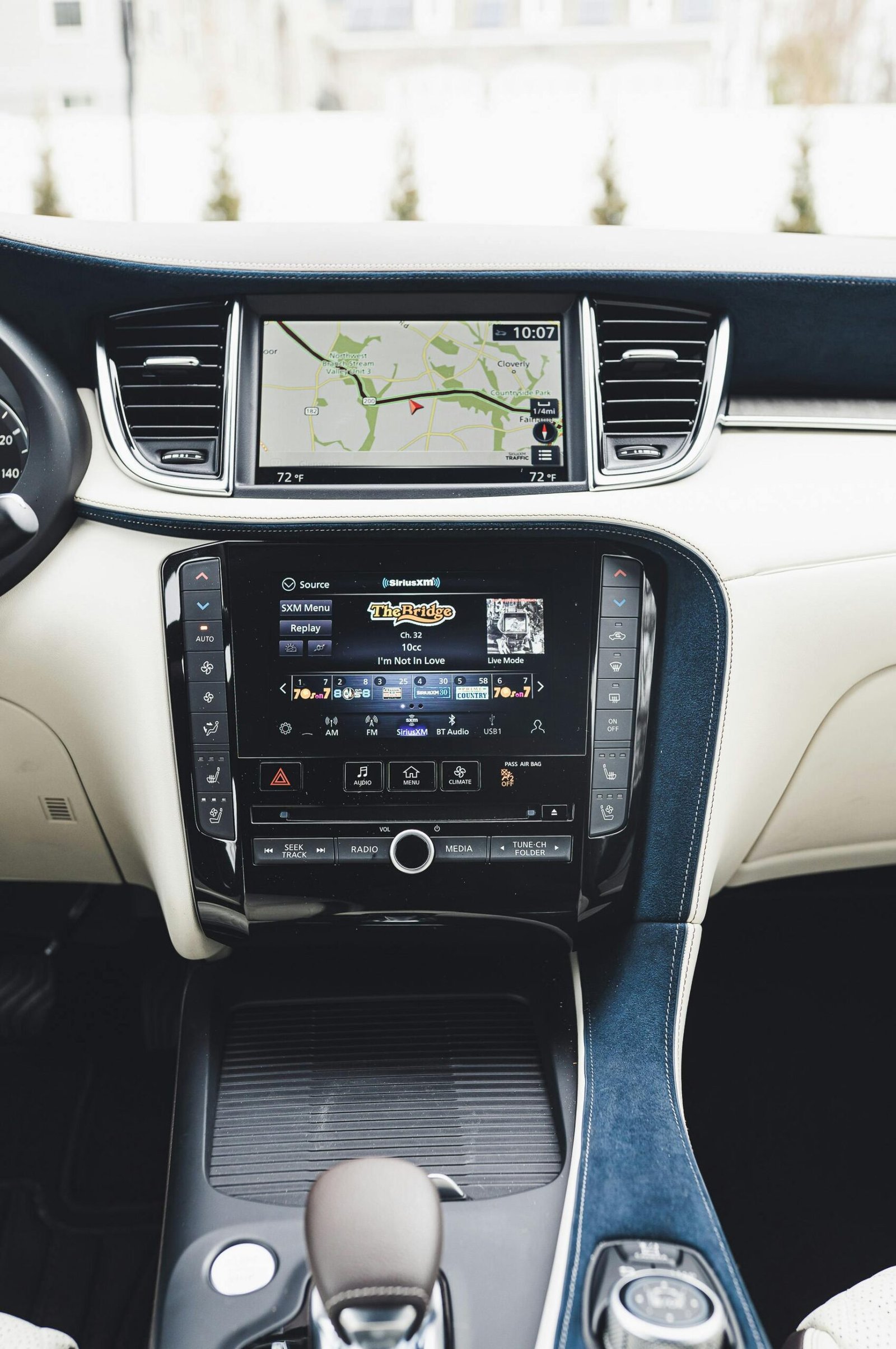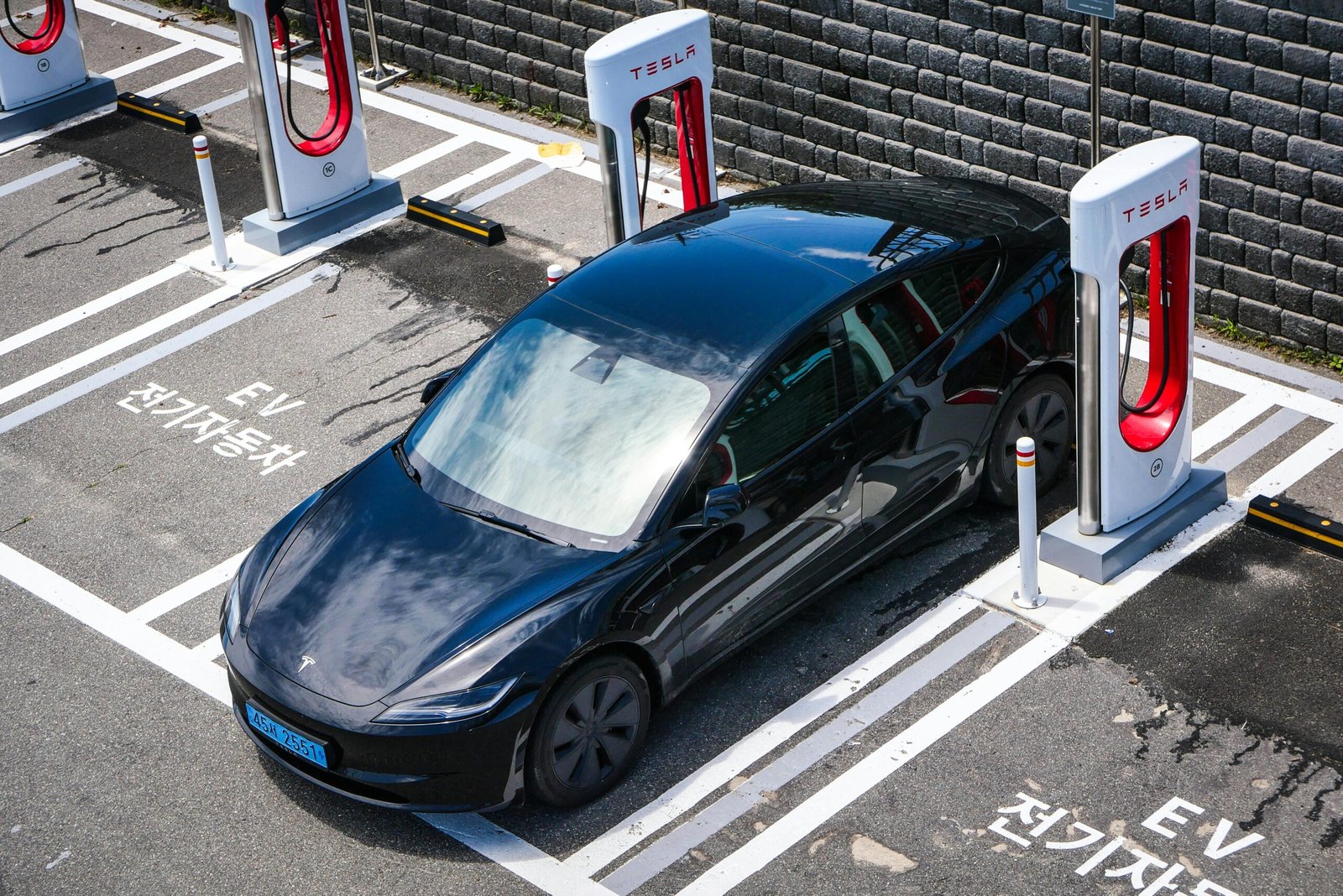With fluctuating gas prices, finding ways to make your car more fuel-efficient can save you a lot of money over time. Fuel efficiency isn’t just about buying a hybrid or electric car—it’s about adopting smart driving habits, maintaining your vehicle, and making small adjustments that add up to big savings.
Here are 10 practical tips to help you boost your car’s fuel efficiency and cut down on gas expenses.
1. Drive Smoothly and Avoid Aggressive Driving
Why It Works:
Frequent speeding, rapid acceleration, and hard braking consume more fuel than driving smoothly. Aggressive driving can lower gas mileage by up to 30% on highways and 20% in cities.
How to Do It:
- Maintain a steady speed, especially on highways.
- Use cruise control when possible to avoid unnecessary acceleration.
- Plan ahead to anticipate stops and avoid sudden braking.
2. Stick to the Speed Limit
Why It Works:
Fuel efficiency decreases significantly at speeds over 50 mph. For every 5 mph you drive above this, you’re essentially paying an additional $0.25 per gallon for gas.
How to Do It:
- Drive at or below the speed limit.
- Use a GPS or speed monitoring apps to track your driving habits.
3. Keep Your Tires Properly Inflated
Why It Works:
Under-inflated tires increase rolling resistance, which forces your engine to work harder and burn more fuel. Properly inflated tires can improve gas mileage by up to 3%.
How to Do It:
- Check tire pressure monthly using a pressure gauge.
- Inflate tires to the manufacturer-recommended PSI (found in your owner’s manual or on the driver’s side door frame).
- Avoid overinflation, which can lead to uneven tire wear.
4. Reduce Idling Time
Why It Works:
Idling burns gas without moving your car. Modern engines are designed to restart efficiently, so it’s better to turn off your engine if you’ll be stopped for more than 60 seconds.
How to Do It:
- Turn off the engine while waiting in long lines or during extended stops.
- Use stop-start technology if your car is equipped with it.
5. Lighten Your Load
Why It Works:
The heavier your car, the more fuel it consumes. For every extra 100 pounds of weight, your fuel efficiency drops by about 1–2%.
How to Do It:
- Remove unnecessary items from your trunk and interior.
- Avoid using roof racks or cargo boxes unless needed, as they increase wind resistance.
6. Use the Right Fuel Grade
Why It Works:
Using premium fuel in a car that doesn’t require it won’t improve performance or efficiency but will cost you more.
How to Do It:
- Check your owner’s manual to see if your car requires regular or premium fuel.
- Stick to the recommended grade for optimal performance and savings.
7. Perform Regular Maintenance
Why It Works:
A well-maintained engine runs more efficiently and uses less fuel. Dirty air filters, old spark plugs, or low oil levels can decrease your car’s fuel economy.
How to Do It:
- Change the air filter: A clean air filter can improve gas mileage by up to 10%.
- Replace spark plugs: Worn spark plugs can reduce efficiency. Replace them every 30,000–100,000 miles, depending on your car.
- Use the right motor oil: Use oil recommended by your manufacturer to maximize efficiency.
8. Plan Your Trips Efficiently
Why It Works:
Combining errands into one trip reduces the number of miles you drive and keeps your engine warmer, which improves fuel efficiency.
How to Do It:
- Plan routes to avoid heavy traffic and unnecessary backtracking.
- Use apps like Google Maps or Waze to find the shortest and most fuel-efficient routes.
- Avoid rush hours whenever possible.
9. Limit Air Conditioning and Heating Use
Why It Works:
Running the air conditioner (AC) or heater increases engine load, leading to higher fuel consumption.
How to Do It:
- Use the AC sparingly and switch to the fan setting when possible.
- Park in shaded areas or use a windshield sunshade to keep your car cool.
- Roll down windows at low speeds instead of using the AC. At higher speeds, use the AC to reduce aerodynamic drag caused by open windows.
10. Use Aerodynamic Techniques
Why It Works:
Wind resistance can reduce fuel efficiency, especially at highway speeds. Making your car more aerodynamic reduces drag and improves mileage.
How to Do It:
- Remove roof racks, bike racks, or cargo carriers when not in use.
- Keep windows closed at higher speeds.
- Check for any loose parts or accessories that may increase drag.
Bonus Tip: Track Your Fuel Efficiency
Why It Works:
Keeping track of your car’s fuel efficiency can help you identify patterns and make adjustments to your driving habits.
How to Do It:
- Reset your trip odometer after every fill-up and divide the miles driven by the gallons of gas used to calculate MPG.
- Use apps like Fuelly or Carfax to log mileage and track trends over time.
Conclusion: Save Money and Drive Smarter
Boosting your car’s fuel efficiency doesn’t require major sacrifices or expensive upgrades. By adopting these simple habits and maintaining your vehicle, you can reduce gas consumption, save money, and minimize your environmental impact.
Start implementing these tips today and enjoy the benefits of smarter, more fuel-efficient driving!




